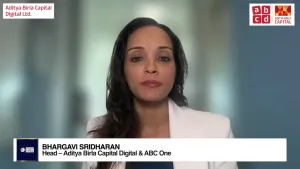International regulatory caravan moves on, but destination remains unclear
By Andrew Dickinson and Bruce Le BranskyLast month's G20 meeting in Toronto did little to dispel the uncertainties surrounding proposals for new internationally harmonised financial regulation and revised capital standards for banks and other intermediaries.
In its accompanying report to the G20 leaders, the Financial Stability Board (FSB) reiterated its core principles and "core areas of reform".
One emerging pressure point is around the definition of capital. The Bank for International Settlements (BIS) statement says agreement has been reached to retain most of the proposals from its December 2009 paper Strengthening the resilience of the banking sector. That paper emphasised the role of Tier 1 capital for regulatory capital requirements rather than the existing capital base approach which assigns equal weighting to Tier 1 and Tier 2 capital.
Other emerging pressure points are:
Leverage ratio which will be adopted and applied to Tier 1 capital with a 3% minimum. The calculation rules will apply uniform conversion factors including 10% for unconditionally cancellable OBS commitments. Netting is recognised for derivative exposures which will be calculated using the current exposure method. Monitoring of the Leverage Ratio will start 1 January 2011 with market disclosure to commence 1 January 2015.
Regulatory Capital Buffers. The capital conservation buffer and the counter-cyclical buffer will be finalised this year but as with the capital ratio no details are provided as to actual amounts leaving us with the previously released descriptions that were described as purely illustrative.
Forward Looking Provisions. The BIS limits itself to saying it is developing a concrete proposal to operationalise the expected loss approach to provisioning as the IASB proposes in its exposure draft.
Global Liquidity Standards. The BIS states that agreed revisions to the Liquidity Coverage Ratio include a permissible "Level 2" component which will be capped at 40% of total requirements. This will be defined to include high quality non-financial corporate bonds rated AA- and better (subject to a 15% haircut).
In terms of the primary Level 1 component, additional work is occurring on the operational requirements for liquidity recognition.
The discussion of the issues of systemic banks, contingent capital and capital surcharges includes the permissible use of contingent capital. Whilst a decision is yet to be reached this proposal is presented as being integral to a number of initiatives in this policy segment. Modification of proposed counterparty credit risk calculations is also outlined in the statement.
In tandem with these international moves (including the ongoing Basel III process), G20 members and the EU are proceeding with their own regulatory and supervisory changes, often against a background of faltering economies and the pressing need for many banks to roll over borrowings and replenish capital.


















 Advertise
Advertise








